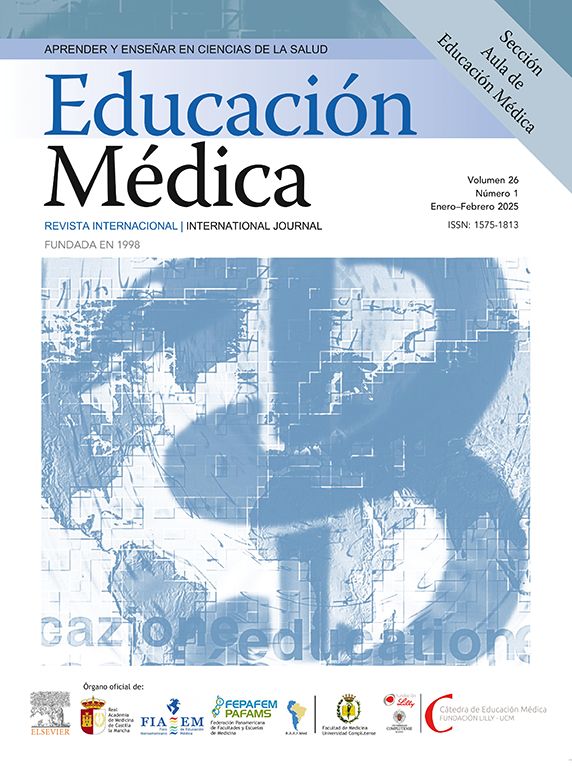was read the article
| Year/Month | Html | Total | |
|---|---|---|---|
| 2025 March | 17 | 1 | 18 |
| 2025 February | 76 | 15 | 91 |
| 2025 January | 55 | 8 | 63 |
| 2024 December | 54 | 7 | 61 |
| 2024 November | 50 | 17 | 67 |
| 2024 October | 35 | 10 | 45 |
| 2024 September | 62 | 14 | 76 |
| 2024 August | 54 | 13 | 67 |
| 2024 July | 37 | 16 | 53 |
| 2024 June | 51 | 13 | 64 |
| 2024 May | 31 | 17 | 48 |
| 2024 April | 47 | 11 | 58 |
| 2024 March | 32 | 9 | 41 |
| 2024 February | 23 | 9 | 32 |
| 2024 January | 34 | 9 | 43 |
| 2023 December | 56 | 14 | 70 |
| 2023 November | 51 | 10 | 61 |
| 2023 October | 54 | 14 | 68 |
| 2023 September | 28 | 4 | 32 |
| 2023 August | 21 | 9 | 30 |
| 2023 July | 39 | 4 | 43 |
| 2023 June | 22 | 7 | 29 |
| 2023 May | 43 | 10 | 53 |
| 2023 April | 21 | 10 | 31 |
| 2023 March | 10 | 8 | 18 |
| 2023 February | 11 | 5 | 16 |
| 2023 January | 9 | 5 | 14 |
| 2022 December | 18 | 13 | 31 |
| 2022 November | 16 | 7 | 23 |
| 2022 October | 12 | 10 | 22 |
| 2022 September | 18 | 11 | 29 |
| 2022 August | 18 | 13 | 31 |
| 2022 July | 11 | 10 | 21 |
| 2022 June | 15 | 17 | 32 |
| 2022 May | 13 | 20 | 33 |
| 2022 April | 10 | 7 | 17 |
| 2022 March | 17 | 19 | 36 |
| 2022 February | 9 | 11 | 20 |
| 2022 January | 15 | 19 | 34 |
| 2021 December | 22 | 18 | 40 |
| 2021 November | 15 | 30 | 45 |
| 2021 October | 14 | 20 | 34 |
| 2021 September | 12 | 10 | 22 |
| 2021 August | 8 | 11 | 19 |
| 2021 July | 6 | 9 | 15 |
| 2021 June | 12 | 10 | 22 |
| 2021 May | 16 | 15 | 31 |
| 2021 April | 6 | 24 | 30 |
| 2021 March | 7 | 45 | 52 |
| 2021 February | 9 | 48 | 57 |
| 2021 January | 8 | 51 | 59 |
| 2020 December | 2 | 119 | 121 |








